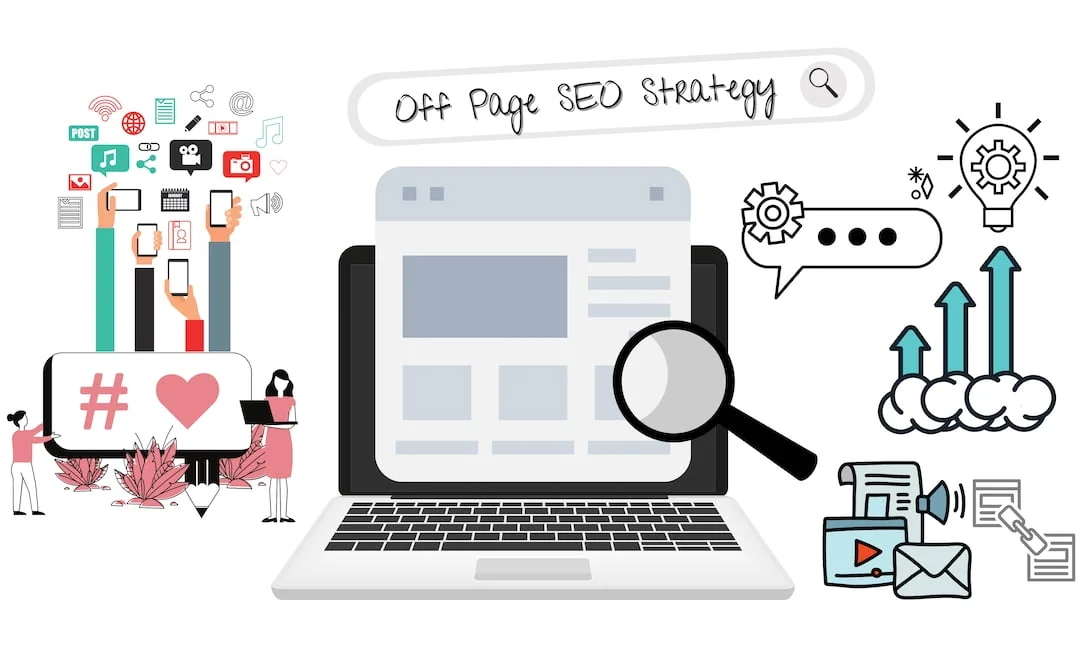In today’s digital age, infographics have become an essential tool for marketers aiming to convey complex information in a visually appealing and easily digestible format. Not only do they simplify data, but they also drive engagement and sharing across various platforms. This article will provide valuable tips for creating shareable infographics that captivate your audience and enhance your digital marketing strategy.

Why Infographics Matter
Infographics have gained immense popularity due to their ability to present information quickly and clearly. They combine the power of visuals and text to make data more engaging and easier to understand. As a digital marketer, leveraging infographics can significantly enhance your content’s reach and impact.
Understanding Your Audience
Before creating an infographic, it’s crucial to understand your target audience. Knowing their preferences, needs, and interests will help you tailor your content to resonate with them effectively. Consider conducting surveys or analyzing data from social media platforms to gain insights into your audience’s preferences.
Define Your Goals
Identify the objectives you want to achieve with your infographic. Whether it’s to educate, entertain, or persuade, having clear goals will guide your design and content choices.
Research and Gather Data
Accurate and reliable data is the foundation of any effective infographic. Conduct thorough research to gather statistics, facts, and figures that support your message. Ensure that your sources are credible and up-to-date.
For more on gathering data, you might find this off-page SEO checklist helpful in understanding how to source quality information.
Organizing Information
Once you have your data, organize it logically. Group related information together and create a flow that guides the viewer through the infographic. A well-structured layout enhances readability and comprehension.
Designing Your Infographic
Choosing the Right Tools
There are numerous tools available for creating infographics, ranging from beginner-friendly platforms to advanced design software. Choose a tool that aligns with your skill level and design needs. Popular options include Canva, Piktochart, and Adobe Illustrator.
Color and Typography
Colors and fonts play a vital role in the visual appeal of your infographic. Select a color scheme that complements your brand and enhances readability. Opt for fonts that are easy to read and align with the tone of your content.
Incorporating Visual Elements
Visual elements such as icons, charts, and illustrations can enhance the impact of your infographic. Use them sparingly and ensure they are relevant to the content. Overuse of visuals can clutter the design and detract from the message.
Optimizing for Sharing
Optimizing File Size
Large file sizes can hinder sharing and loading times. Optimize your infographic by compressing images and using appropriate file formats. This ensures a seamless user experience across different devices and platforms.
Adding Social Sharing Buttons
Facilitate easy sharing by incorporating social media buttons directly into your infographic. This encourages viewers to share your content on their networks, increasing its reach and visibility.
Crafting a Compelling Title and Description
An enticing title and description are crucial for attracting viewers. Use keywords strategically to enhance searchability and make your content more discoverable.
Promoting Your Infographic
Utilizing Social Media
Share your infographic across various social media platforms to reach a wider audience. Tailor your posts to suit each platform’s format and audience preferences. Engage with your audience by responding to comments and encouraging discussions.
Guest Posting
Consider publishing your infographic as a guest post on relevant blogs and websites. This extends its reach and introduces your content to new audiences. For more insights, explore the benefits of guest posting.
Leveraging Email Marketing
Incorporate your infographic into email campaigns to engage your subscribers. A visually appealing infographic can capture the attention of your audience and drive traffic to your website.
Analyzing Performance
Tracking Engagement
Monitor the performance of your infographic by tracking key metrics such as views, shares, and click-through rates. This data provides valuable insights into the effectiveness of your content and helps you make informed decisions for future campaigns.
Gathering Feedback
Encourage your audience to provide feedback on your infographic. This feedback can help you identify areas for improvement and refine your future creations.
Conclusion
Creating shareable infographics requires a combination of creativity, strategic planning, and an understanding of your audience. By following these tips for creating shareable infographics, you can craft visually appealing and engaging content that captures the attention of your audience and amplifies your digital marketing efforts.

FAQ Section
What makes an infographic shareable?
An infographic becomes shareable when it presents information clearly, uses appealing visuals, and resonates with the audience. Optimizing it for social sharing also enhances its shareability.
How do I choose the right data for my infographic?
Select data that is relevant to your topic and audience. Ensure it is accurate and comes from credible sources. Organize it logically to enhance understanding.
What tools can I use to create infographics?
There are various tools available for creating infographics, such as Canva, Piktochart, and Adobe Illustrator. Choose a tool that suits your design skills and needs.







